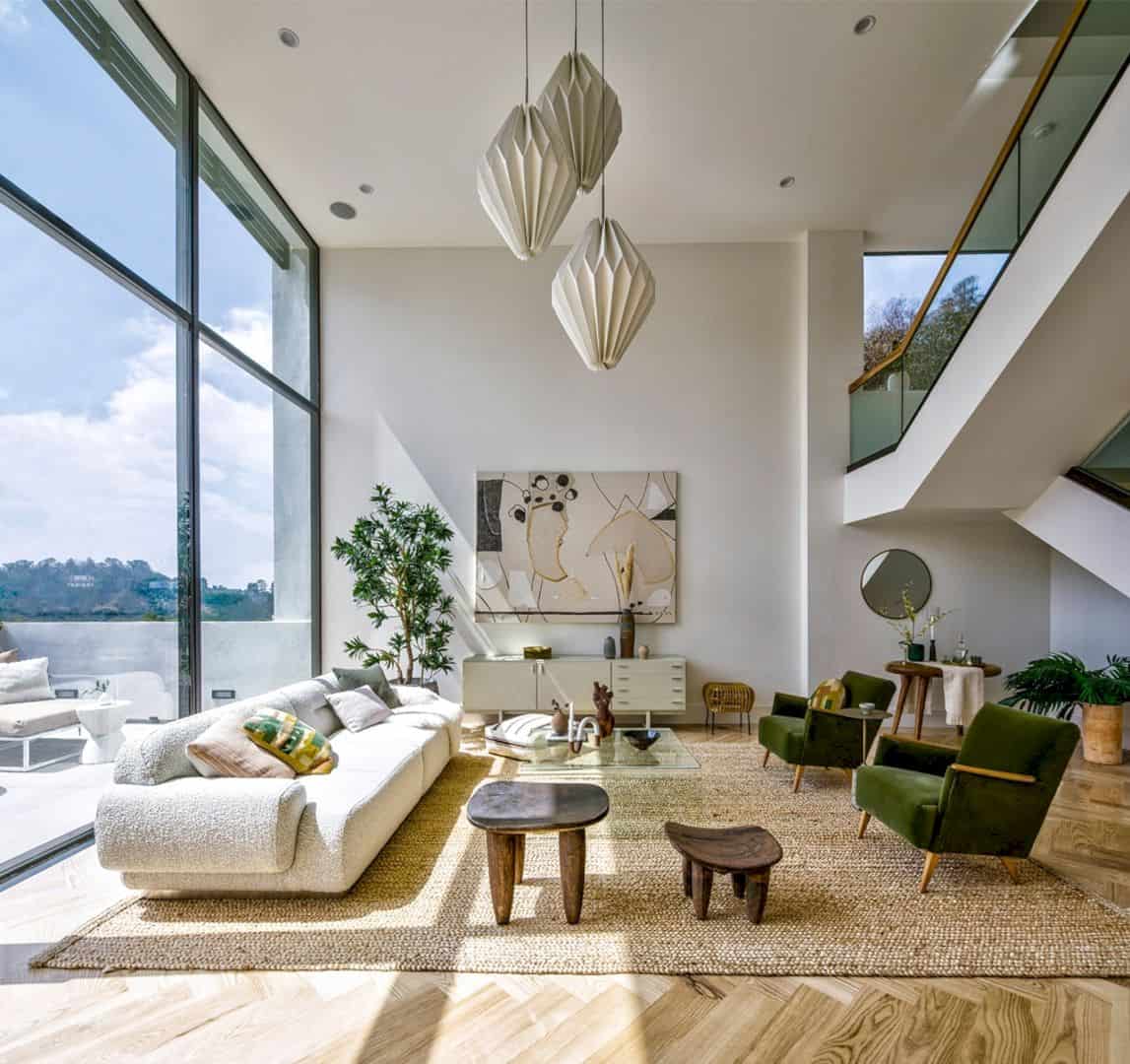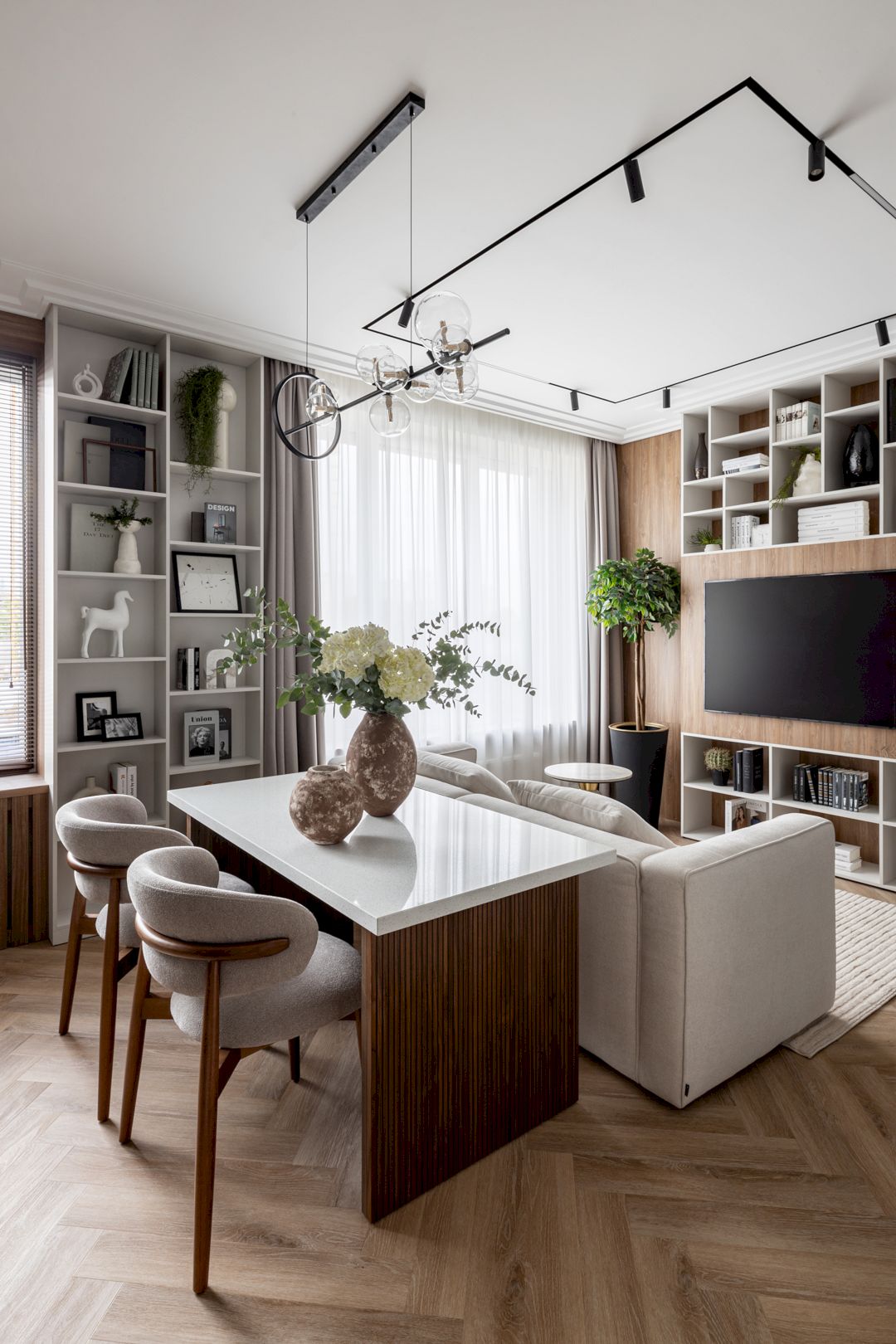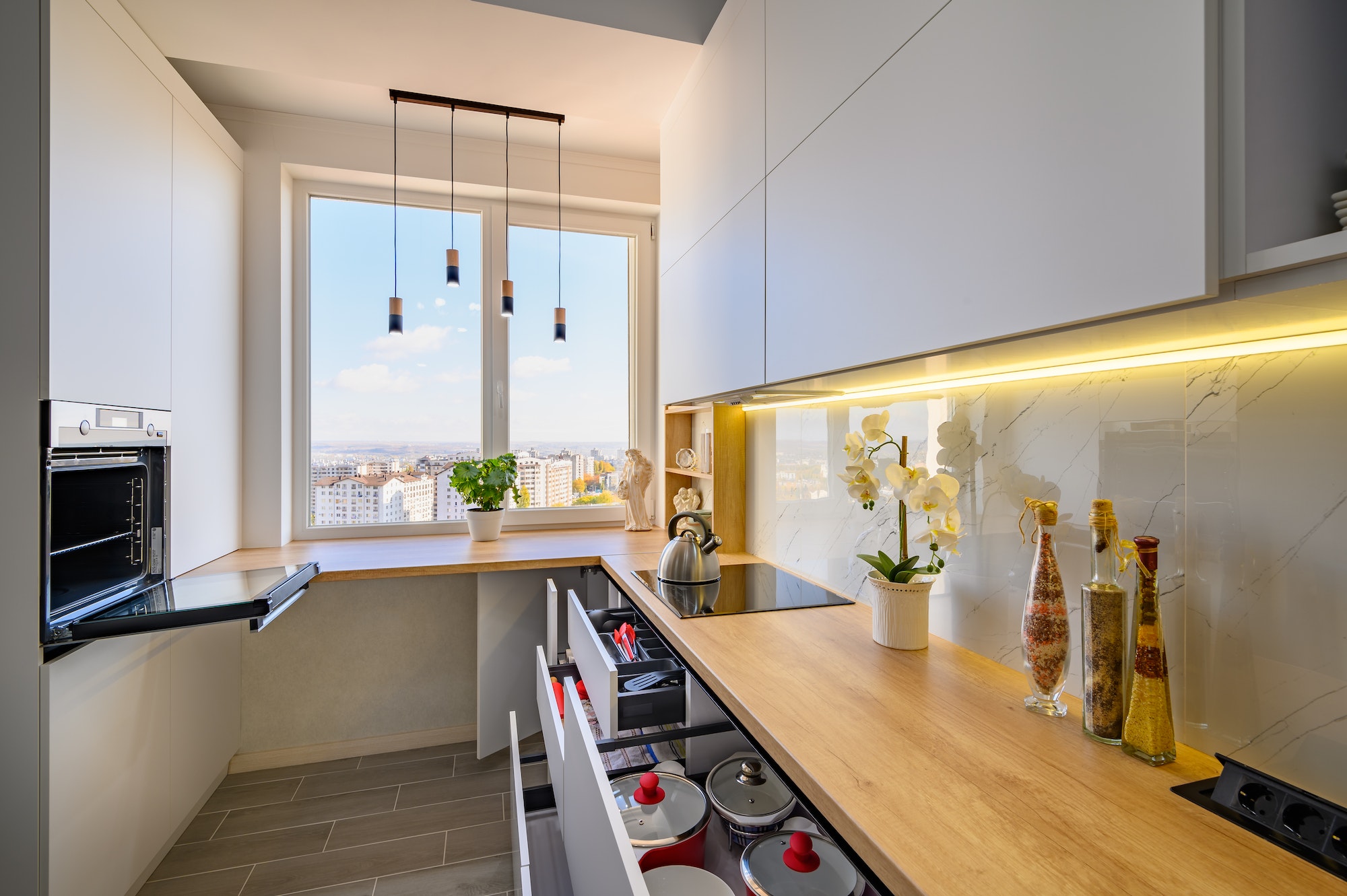Biophilic design elements are an excellent way to infuse your home with the calming essence of nature. Incorporating natural materials like wood, stone, and organic fabrics creates a space that feels grounded and serene. These materials not only enhance the aesthetic appeal of a room but also promote a sense of well-being by connecting you with nature’s textures and forms.
Introducing indoor plants is another key aspect of biophilic design. From small potted plants to larger indoor trees, greenery helps purify the air and adds a vibrant, living touch to your interiors. Plants like ferns, succulents, and peace lilies thrive indoors and require minimal maintenance, making it easy to maintain a nature-inspired home environment. Studies have found that even brief exposure to natural environments can have restorative effects, highlighting the importance of incorporating biophilic elements into our daily spaces.
Natural light plays a crucial role in biophilic design as well. Maximizing sunlight through large windows or skylights not only reduces the need for artificial lighting but also supports your natural circadian rhythms, improving mood and productivity. For spaces with limited access to sunlight, using light, earthy colors can help reflect natural light and create a bright, airy atmosphere that feels connected to the outdoors.
We have gathered some amazing ideas for biophilic design elements to bring nature into your home from the best projects worldwide. I hope you find an awesome inspiration here for your home.
Table of Contents
1. Kiev Apartment by Arquitetura National

Kiev Apartment by Arquitetura National incorporates biophilic design elements to bring nature into its space. By integrating indoor plants, this apartment can purify the air and add a vibrant, living touch to its space. These plants are vital in fostering a more harmonious and sustainable living environment.
Photographer: MARCELO DONADUSSI
2. Tree House by Madeleine Blanchfield Architects

Tree House by Madeleine Blanchfield Architects also incorporates biophilic design elements into its space. The space features a soft, neutral color palette, combined with natural wood elements, creating a calming atmosphere. The presence of indoor plants adds a refreshing touch of greenery, enhancing the biophilic design by bringing nature indoors.
Photography: Anson Smart
3. Apartamento Itaim by Tria Arquitetura

Apartamento Itaim by Tria Arquitetur is a minimalist apartment that also adds biophilic design elements to its space, especially in its kitchen. This apartment adds indoor plants to bring a touch of nature into the room, enhancing its cozy, modern appeal. The wooden cabinetry adds warmth, while the white countertops and walls maintain a bright, airy feel.
Photography: Tria Arquitetura
4. Meadow Beach House by Andrew Franz Architect

The next inspiration comes from Meadow Beach House by Andrew Franz Architect. This beach house has a warm, inviting design that beautifully blends natural elements with cozy interior decor. The wooden walls, exposed ceiling beams, and wood furniture evoke a rustic yet refined aesthetic. The greenery and decorative elements, like the flowers and plants, further enhance the room’s connection to nature, emphasizing a biophilic design approach.
Photographer: Albert Vecerka / Esto
5. Risalleen House by R21 Arkitekter

Risalleen House by R21 Arkitekter combines wood and indoor plants to embrace biophilic design. The beams on the ceiling bring a rustic charm and warmth. The goal is to create a cozy and inviting feeling while bringing nature to the interior. Thanks to the windows, the natural light floods the space easily during the day.
Photographer: Åke Eson Lindman
6. Echo House by Aaron Neubert Architects

Echo House by Aaron Neubert Architects has a high-ceiling living room with biophilic design elements as well. This house uses potted plants, wooden furniture, and a jute rug to bring the outdoor atmosphere into its living room. The large glass wall allows natural light to flood the space easily, creating a warm and inviting atmosphere.
Photography: Brian Thomas Jones, Alex Zarour
7. Hillsborough by Studio VARA

The use of biophilic design elements also can be found in Hillsborough by Studio VARA. This house tries to connect the indoors and outdoors as much as possible through the glass doors in its space. Small potted plants are also added to purify the air and add a vibrant, living touch to this space.
Photographer: Matthew Millman Photography
8. Harrison Urby by Minno & Wasko Architects

Harrison Urby also has an inspiration for you. This house features a biophilic living room with abundant natural light. A variety of plants add a touch of nature to the space, while large windows with blinds offer stunning views of the city. A comfortable grey sofa, adorned with colorful throw pillows, sits on a green rug, creating a more natural vibe.
Photography: concrete Amsterdam
9. Refraction House by RAD+ar Architecture

Refraction House by RAD+ar Architecture also has an awesome inspiration to bring nature into your bathroom. This house combines an indoor plant and natural materials to embrace the biophilic aesthetic. Thanks to the large mirror, the space feels larger than it seems.
Photography: RAD+ar Architecture
10. French Eclectic Oasis by SloyArch

French Eclectic Oasis by SloyArch has a white dining table with a wood accent in its space, paired with stylish bar stools. A large, white sofa sits opposite the dining area, and a large-screen TV is mounted on a wall unit that incorporates bookshelves on either side. This space is adorned with minimalist decor, including a vase of flowers and a potted plant to embrace a biophilic aesthetic.
Image Source: SloyArch
FAQs
- What is biophilic design?
Biophilic design is a concept used in architecture and interior design to increase occupant connectivity to the natural environment through the use of direct nature, indirect nature, and space and place conditions. - How can I incorporate biophilic design into my home?
You can incorporate biophilic design into your home by using natural materials, introducing indoor plants, maximizing natural light, and using light, earthy colors to create a bright and airy atmosphere. - What are the benefits of biophilic design?
Biophilic design has several benefits, including improved well-being, reduced stress levels, increased productivity, and environmental sustainability. It can also enhance the aesthetic appeal of a space and promote a sense of connection to nature.
Discover more from Futurist Architecture
Subscribe to get the latest posts sent to your email.


